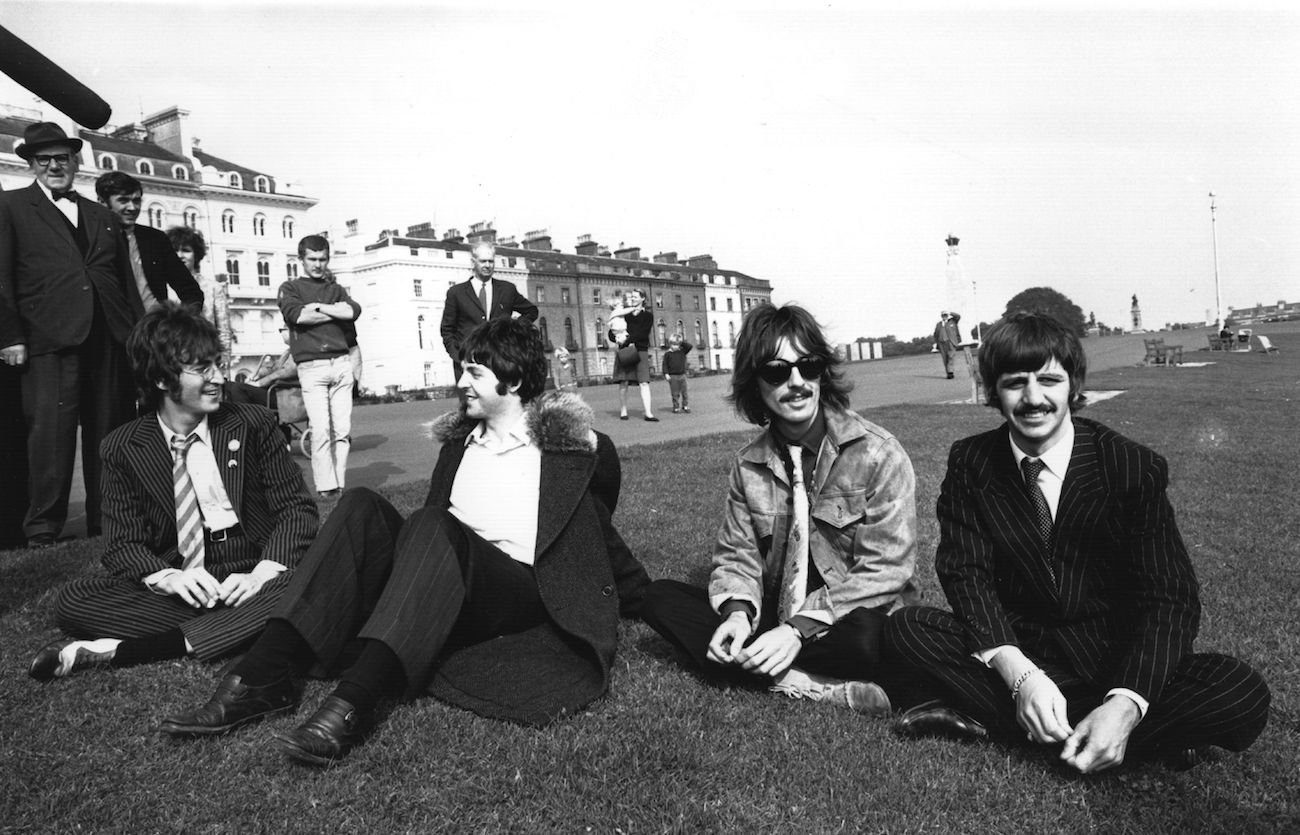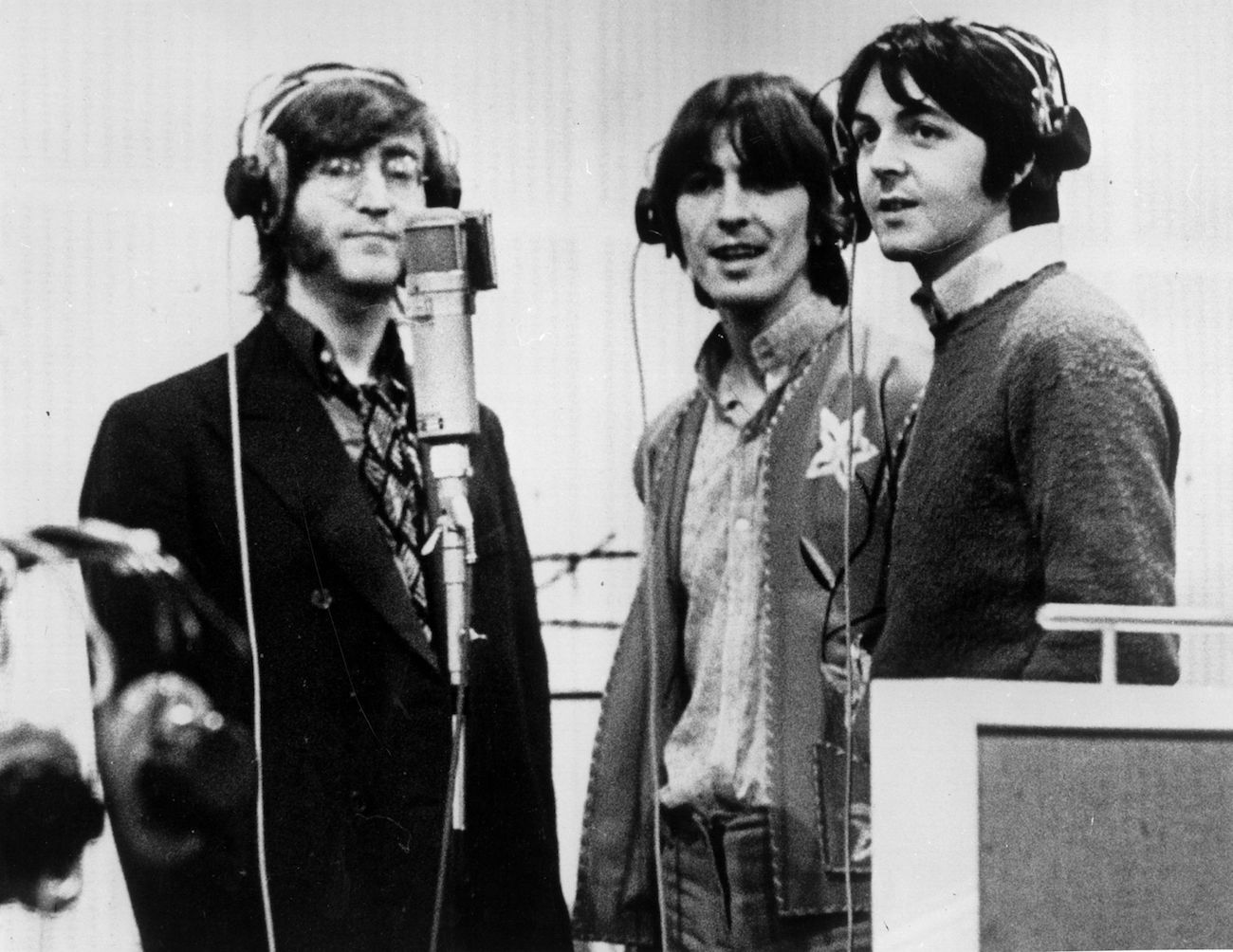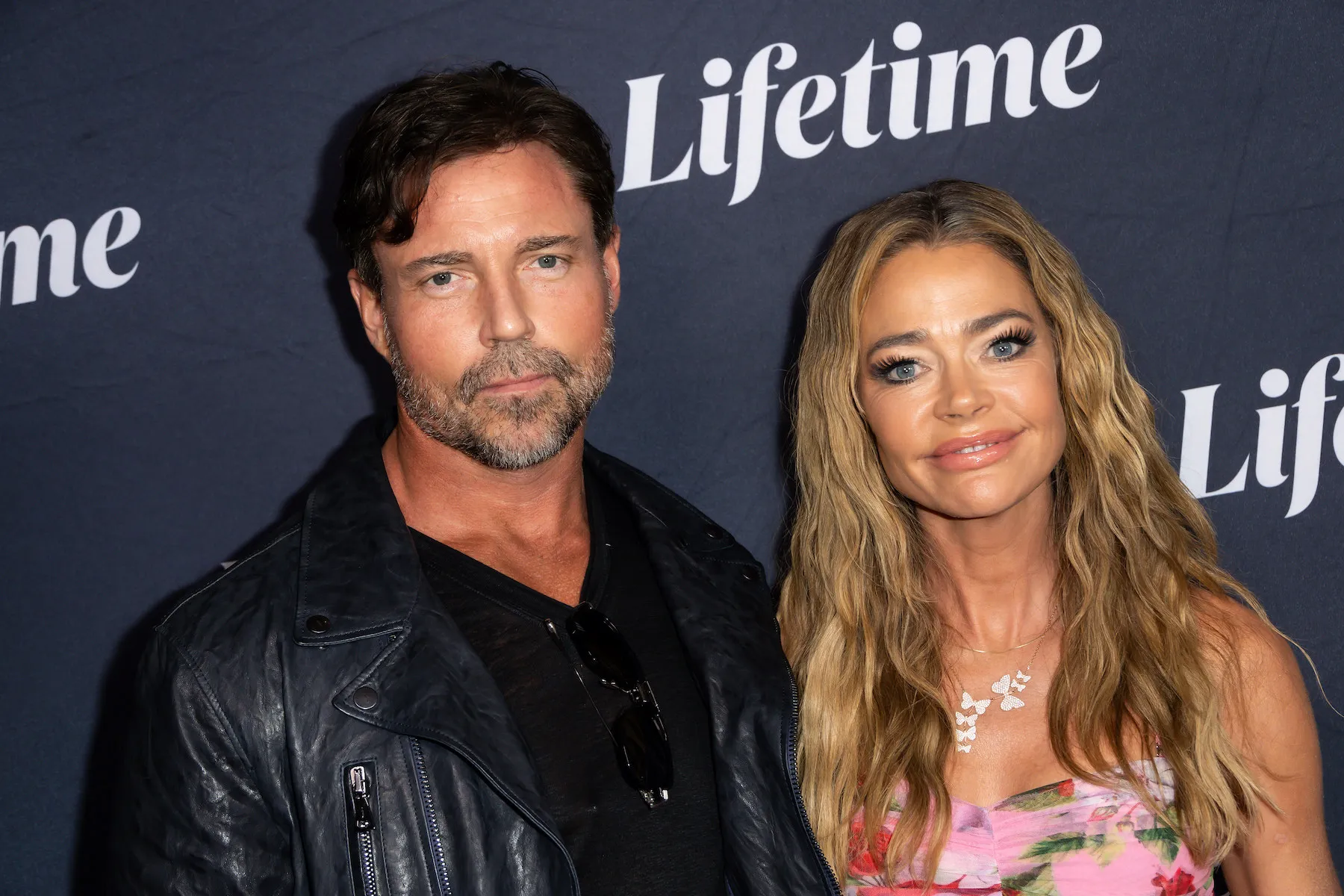
George Harrison Started The Beatles’ Backward Music, According to Engineer Richard Lush
According to engineer Richard Lush, George Harrison started The Beatles‘ backward music. Once George started experimenting, the others began coming to him for advice on how to spruce up their songs too.

The band started experimenting with their music once they stopped touring
Once The Beatles stopped touring in 1966, their schedules were clear for more recording time, which meant they could experiment more. By the mid-1960s, music started changing. Tons of new sounds were coming over the radio waves.
When the group released Rubber Soul and Revolver, Guitar World wrote that it sounded as if they’d taken a
“quantum leap.”
“Rock could now deal with our inner lives, alienation, spirituality and frustration, things which it had never dealt so directly with before. And the guitars and music warped into a new dimension,” they wrote. They asked George what “kicked that off? Was it Dylan, the Byrds, Indian music and philosophy?”
“Well, all of those things came together,” George responded. “And I think you’re right, around the time of Rubber Soul and Revolver we just became more conscious of so many things. We even listened deeper, somehow.
“That’s when I really enjoyed getting creative with the music-not just with my guitar playing and songwriting but with everything we did as a band, including the songs that the others wrote. It all deepened and became more meaningful.”
Guitar World asked George, “Could you sense that special dimension of it all while it was happening, or were you lost in the middle of it?”
“A combination of both, I think,” he replied. “Lost in the middle of it-not knowing a thing-and at the same time somehow knowing everything.
“Around the time of Rubber Soul and Revolver it was like I had a sudden flash, and it all seemed to be happening for some real purpose. The main thing for me was having the realization that there was definitely some reason for being here. And now the rest of my life as a person and a musician is about finding out what that reason is, and how to build upon it.”
George Harrison started The Beatles’ backward music, according to engineer Richard Lush
One of the things George and The Beatles experimented on was backward music. In Joshua M. Greene’s Here Comes The Sun: The Spiritual And Musical Journey Of George Harrison, The Beatles’ recording engineer, Richard Lush, said that George started The Beatles’ backward music.
“He would play the solos normal,” recalled Lush, “then we’d flip the tapes and he’d listen to them backward, just to see how they sounded. This would go on for maybe seventy takes, turning the tape over, listening, turning it back again—it would take literally hours to accomplish.”
Greene added, “Once John and Paul realized that George had found new ways of maximizing sound, they started coming to him with rough sketches of their songs and asked that he embellish them in the studio as he saw fit. The results were often revelatory.”
The Beatles used reverse effects on some songs like “Tomorrow Never Knows,” “Strawberry Fields Forever,” and “Rain.” However, some have disputed who stumbled on the technique first.
John Lennon and George Martin claim they were the first to implement The Beatles’ backward music
According to Pitchfork, George wasn’t the first Beatle to implement The Beatles’ backward music. John Lennon and the band’s producer, George Martin, have reportedly fought about who stumbled upon the technique first.
“Though Lennon and Martin argued about who stumbled upon the idea of playing vocals backwards during the recording of ‘Rain,’ the song’s final verse marked one of the first recorded examples of such a technique,” Pitchfork wrote.
“From that moment they wanted to do everything backwards,” Martin told the BBC. “They wanted guitars backwards and drums backwards, and everything backwards, and it became a bore.”
“Indeed, the Beatles employed reverse tape effects throughout the rest of their career, oftentimes with vocals at the very end of songs, as they had in ‘Rain,'” Pitchfork continued.
Then, there’s backmasking, which “is what that’s called when it applies to backwards vocals that oftentimes contain hidden messages for listeners to find when they play an LP backwards,” Pitchfork added.
“On White Album songs like ‘Revolution 9’ and ‘I’m So Tired,’ this technique helped fuel the ‘Paul Is Dead’ controversy, what with their backwards messages about dead men.”
However, The Beatles and Martin were more interested in reverse tape effects applied to specific instruments rather than vocals.
On Revolver‘s “I’m Only Sleeping,” George recorded a two-part guitar track backward. For “Strawberry Fields Forever,” Ringo’s cymbals were played backward.
Whoever invented The Beatles’ backward music changed how artists made music. Musicians still used the band’s innovative techniques today.


